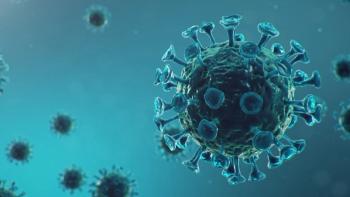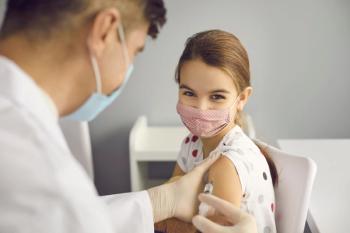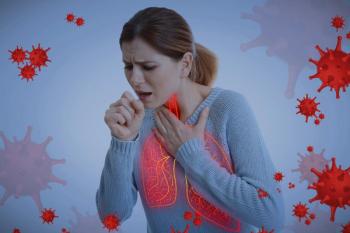
How General Vaccine Hesitancy Is Impacting Teen COVID-19 Vaccination Rates
The COVID-19 vaccine rate for teenagers lags behind vaccination rates for adults. Does parental hesitancy for vaccines in general play a role?
COVID-19 in teenagers often produces mild illness, but infection can lead to serious outcomes, which can be prevented by administration of the COVID-19 vaccine. However, the rate of vaccination in teenagers is lower than that seen with other vaccines recommended for teenagers. A research letter published in JAMA Pediatrics1 examined the link between routine adolescent vaccination status and a parent’s intent or hesitancy to get a COVID-19 vaccine for their teenager.
The investigators used the National Immunization Survey – Child COVID Module, a telephone survey of households with children aged 6 months to 17 years, for their research. It came after the National Immunization Survey-Teen survey, which looks at human papillomavirus (HPV); meningococcal conjugate (MenACWY); and tetanus, diphtheria, and acellular pertussis (Tdap) vaccines. The survey respondents were the adult member of the household who was most knowledgeable about the child’s vaccination record.
Investigators analyzed 12,535 interview responses. Overall, teens who had received at least 1 dose of HPV, MenACWY, and/or Tdap were more likely to have also received at least 1 dose of a COVID-19 vaccine. When looking at the parents who had vaccinated their teenager with at least dose of HPV, 63.8% stated that their child had already received a COVID-19 vaccine, with only 15.3% saying that most likely would not be getting a vaccine for their teenager. Similar rates of COVID-19 vaccine acceptance were noted for both the MenACWY and Tdap vaccines.
Parents of teenagers who hadn’t gotten an HPV, MenACWY, or Tdap vaccine were more likely to report that they either probably or definitely weren’t going to get a COVID-19 vaccine for their adolescent, with higher rates seen for both MenACWY and Tdap. Parents who reported no hesitancy about childhood vaccinations overall had higher vaccination estimates for all vaccines than those who reported being very hesitant (percentage point difference: COVID-19, 41.7; HPV, 37.9; MenACWY, 20.9; Tdap, 17.3).
Although the safety of the COVID-19 has been continually demonstrated, a number of parents continue to be hesitant to vaccinate their child. As overall vaccine hesitancy appears to play a role in COVID-19 vaccine uptake, “continued public health efforts are needed to address vaccine hesitancy among parents.”
Reference
- Pingali C, Zhang F, Santibanez TA, et al. Associations between routine adolescent vaccination status and parental intent to get a COVID-19 vaccine for their adolescent. JAMA Pediatr. Published online December 12, 2022. doi:10.1001/jamapediatrics.2022.4877
Newsletter
Pharmacy practice is always changing. Stay ahead of the curve with the Drug Topics newsletter and get the latest drug information, industry trends, and patient care tips.

















































































































